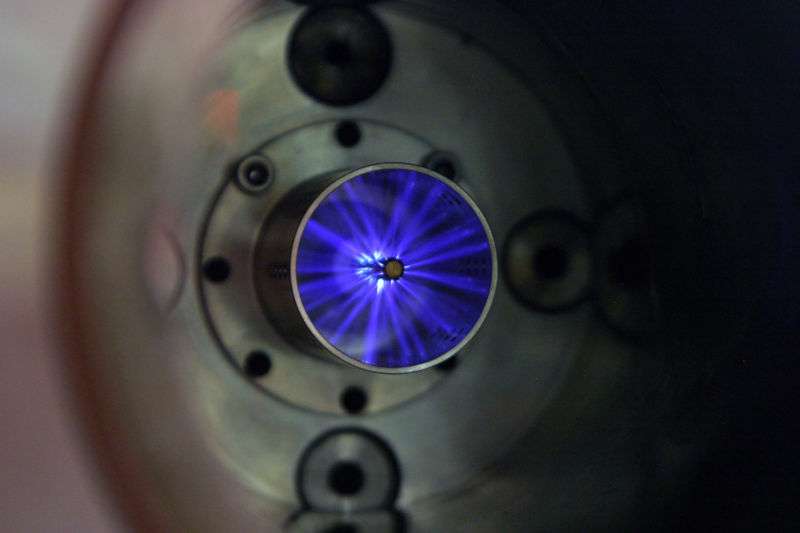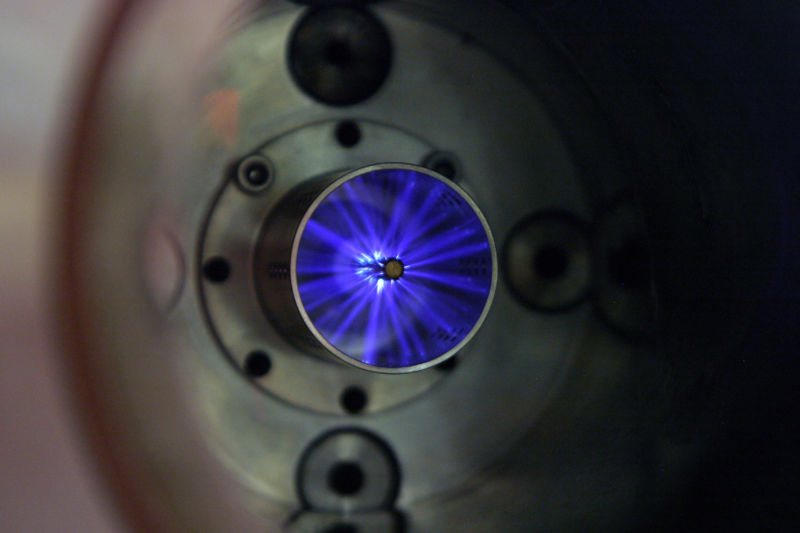
Swapping spark plugs for nanopulses could boost engine efficiency by 20%

Enlarge (credit: Transient Plasma Systems)
Here in 2019, only the most fringe reactionaries are able to claim with a straight face that climate change is not a thing. But after years of the media doing its “two sides” thing, recalcitrant policy makers dragging their heels, a continued lack of investment in public transport, and intense, well-funded opposition from vested interests like the oil industry, there has been a heavy cost on attempts to decarbonize. When it comes to the transportation sector, even with the best will in the world, it will be decades before we see the end of the internal combustion engine. So when a new technology comes along that offers a really meaningful improvement in fuel efficiency when fitted to existing engines, my interest gets piqued. Such is the case with a new ignition system from a company called Transient Plasma Systems.
The company has its roots in pulsed power technology developed for the Department of Defense at the University of Southern California, specifically nanosecond-duration pulses of power. Since 2009 it has been working on commercializing the technology for the civilian market in a number of applications, but obviously it’s the automotive one that interests me.
In a conventional four-stroke internal combustion gasoline engine like the one in the car you probably drive, which works on the principle suck-squeeze-bang-blow, the bang is created by a spark plug igniting the fuel-air mixture in the cylinder. That spark typically lasts several milliseconds, and although the control of that spark is now controlled electronically rather than mechanically, the principle is the same today as it was in 1910 when Cadillac added it to its engines.
Read 4 remaining paragraphs | Comments




